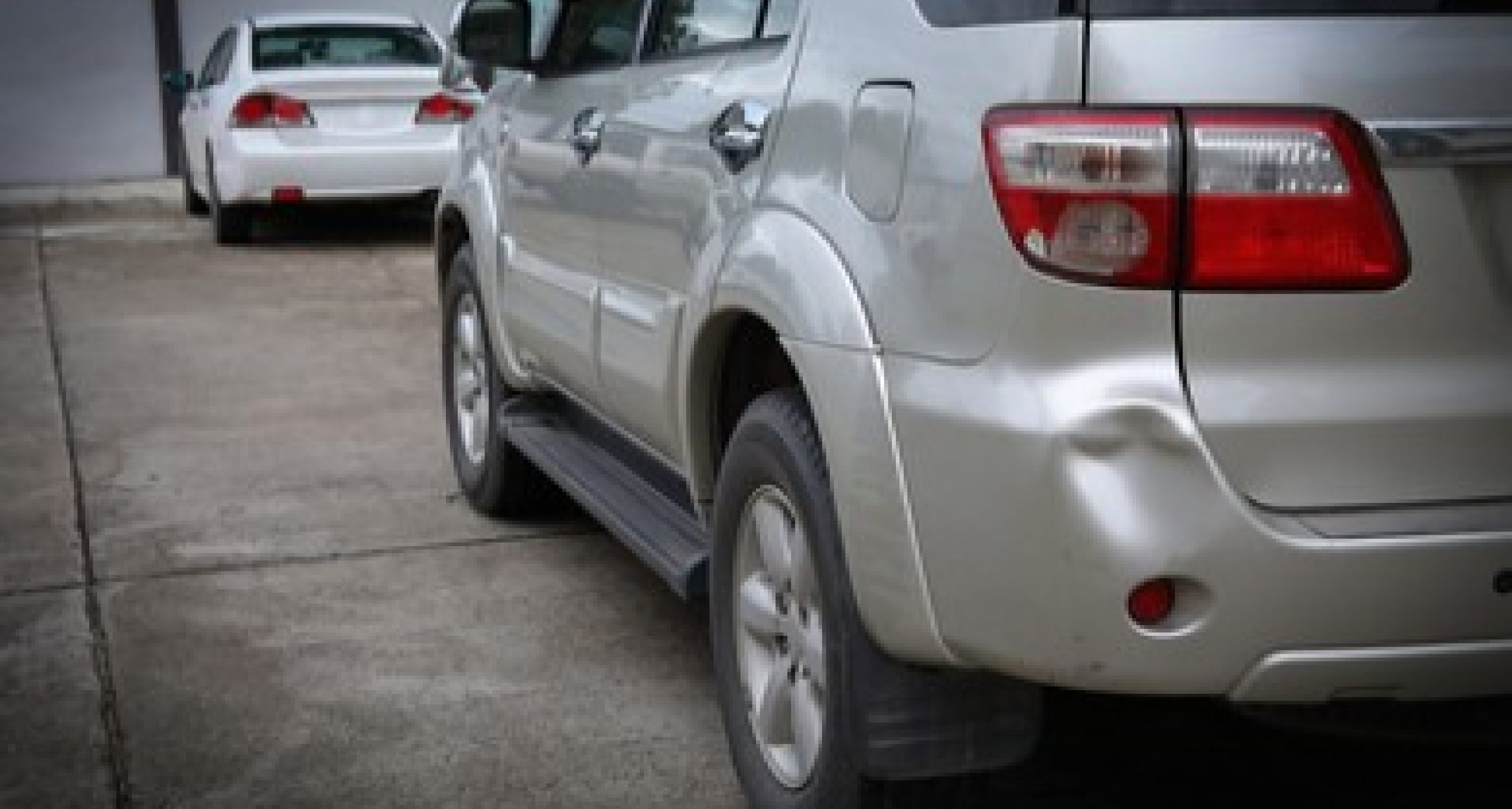
| Low Speed Rear Impacts CAUSE Lower Back Pain
Diagnosing and managing patients who are injured from a traumatic event requires and Evidence Based approach. This type of approach requires the experience and knowledge of the doctor, the evidence published in peer-reviewed medically indexed journals and the response of the patient to the interventions. In a recent study by Fewster et al (2022), published in Spine, the authors write, “Previous epidemiological studies have identified a link between low speed rear-end collisions and acute onset of low back pain.” (pg E362) This link is consistent with clinical findings in patients post traffic collision.
The paper continues by stating, “Work within our own group has demonstrated that out of 83 cases with an injury claim after a low-speed impact, 77% included a low back injury claim.” (pg E362). The mechanism of how the patient is injured can be difficult to discern unless we understand how forces can affect connective and nerve tissues. The authors continued, “…it has been considered that irritation or injury to the lumbar soft tissues surrounding the IVD from shear loading may play an important role in the pathogenesis of low back pain after a low velocity collision.” (E363)
The paper concludes by reporting, “Results from this investigation align with previous in-vitro cervical spine whiplash testing on whole human cadaveric specimens, which demonstrated statistically significant changes in NZ (neutral zone) with collision severities exceeding 8 g for frontal collision simulations and 6.5 g for rear-end collision simulations.” (E367). This is enough force to injure the connective tissues of the lumbar spine. Clinical correlation is particularly important particularly when the nerves become inflamed or irritated since there may not necessarily be a easily identifiable visual indicator of the injury on advanced imaging such as MRI. It is important to work with a clinician that understand injury mechanisms, completes a thorough work up and can correlate patient symptoms to the mechanism of injury.
REFERENCES:
1: Fewster, K. M., Barrett, J. M., & Callaghan, J. P. (2022). The influence of simulated low speed vehicle impacts and posture on passive intervertebral mechanics. Spine, 47(8), E362-E369.
Share an Editable Copy
Share with your community once you’ve edited for your community.
LATEST POSTS
Communication for Growth
https://nationalspinemanagement.wistia.com/medias/2x403v2rx6?embedType=async&seo=false&videoFoam=true&videoWidth=360Cont...
A HUB for Stability
https://nationalspinemanagement.wistia.com/medias/1ojni8z7wg?embedType=async&seo=false&videoFoam=true&videoWidth=360Cont...
Find a Lawyer with Narrative
https://nationalspinemanagement.wistia.com/medias/jpw2mocx6x?embedType=async&seo=false&videoFoam=true&videoWidth=360Cont...







0 Comments